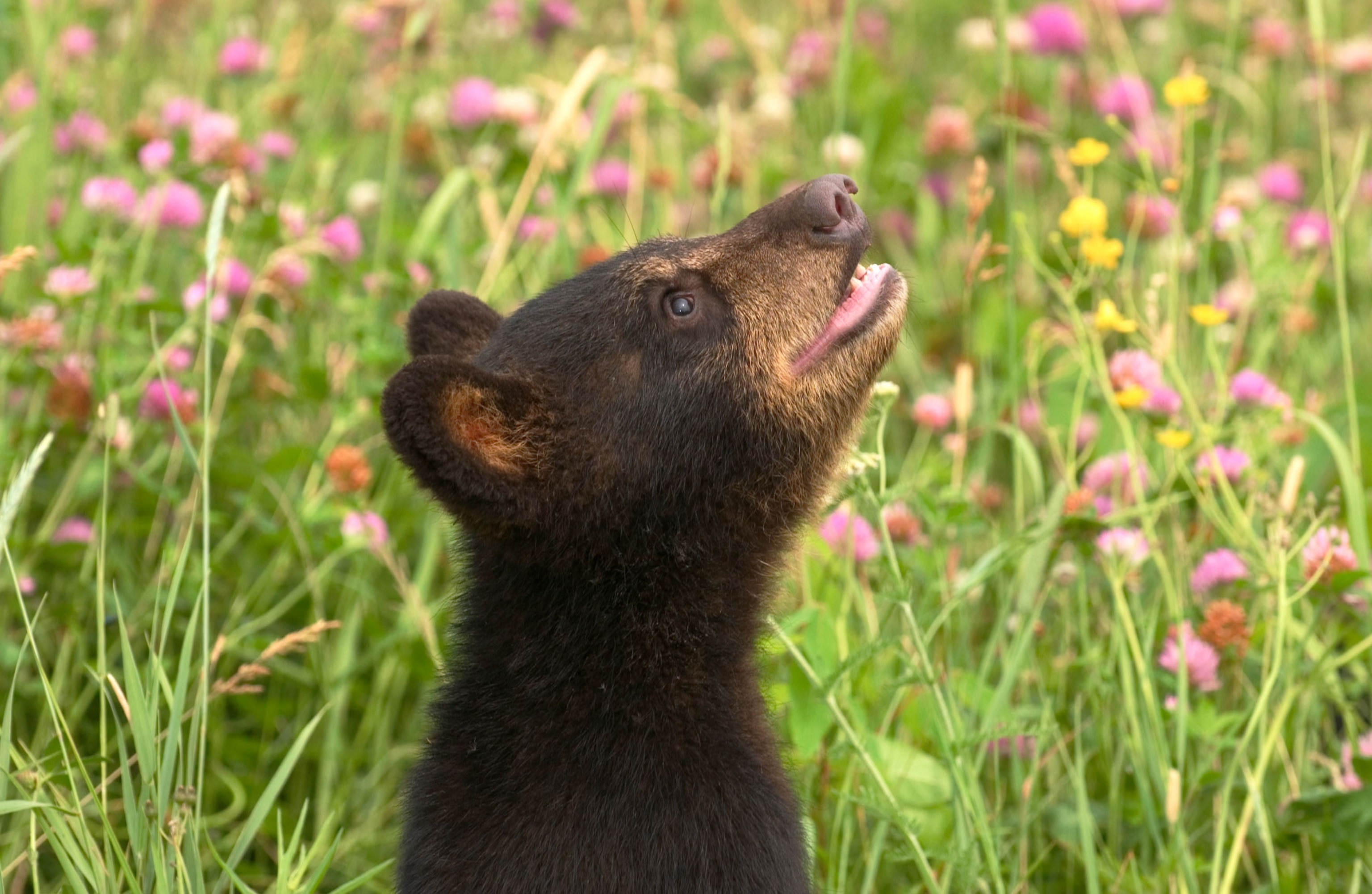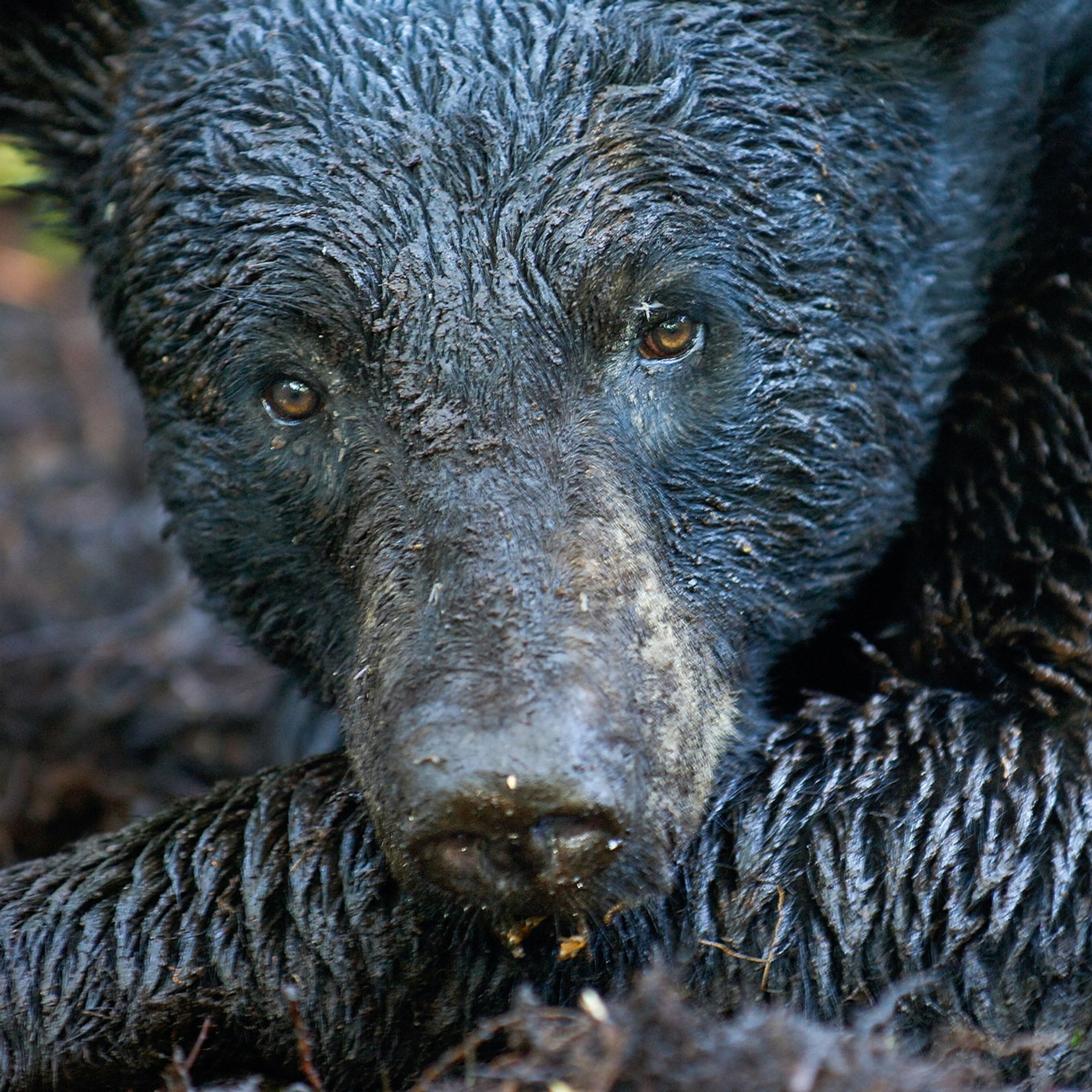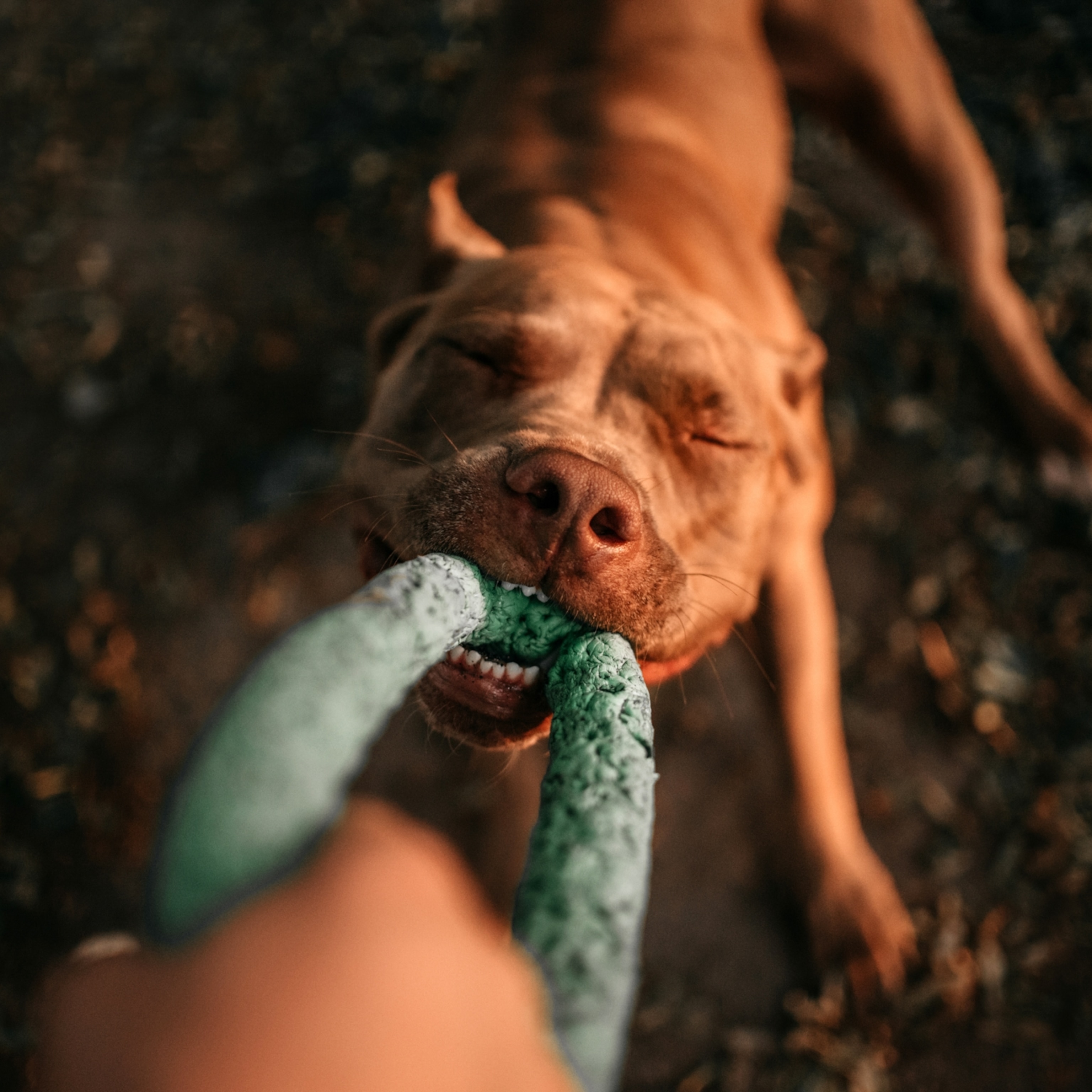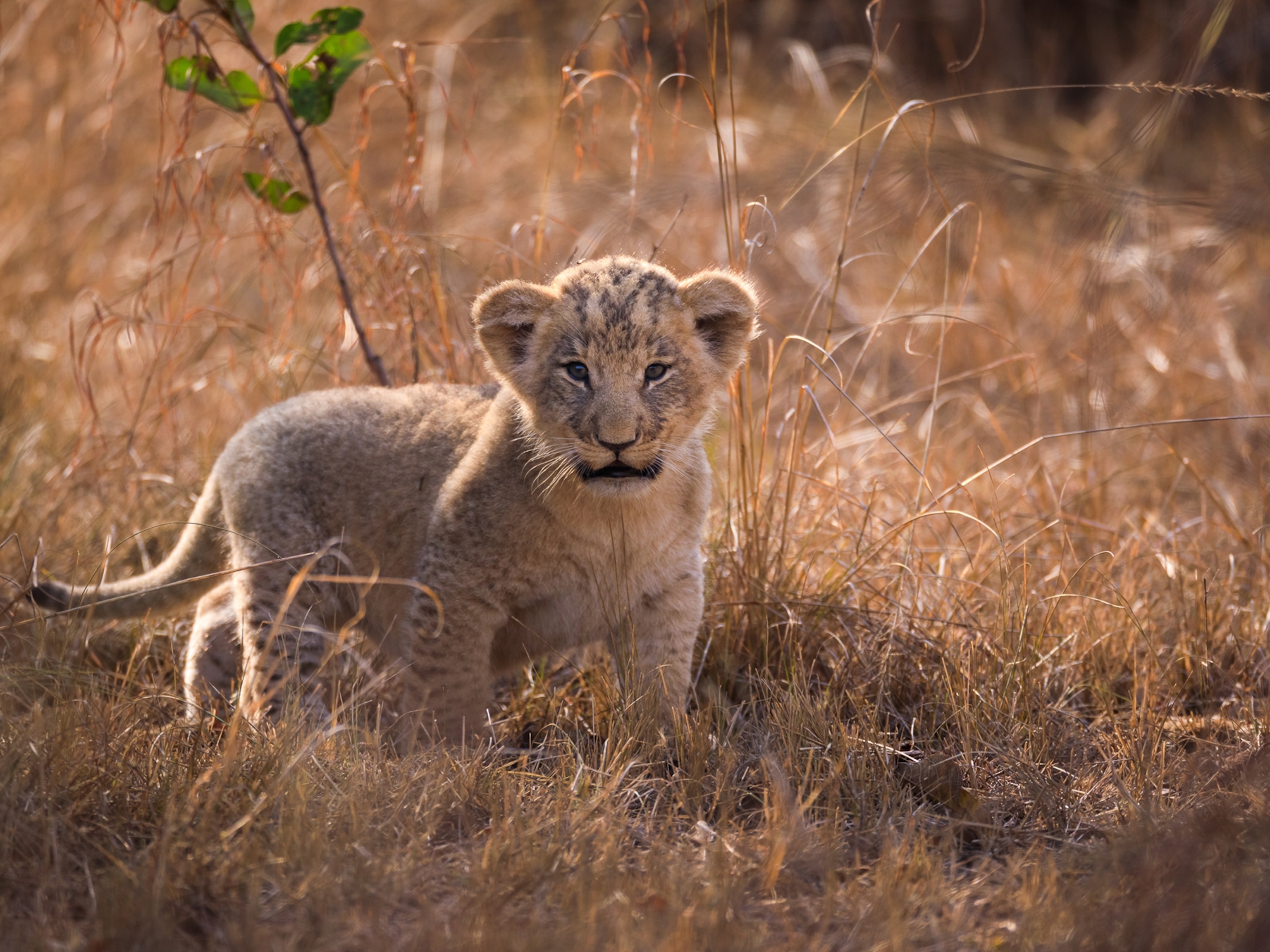
How Drones Are Affecting Wildlife in Surprising Ways
A recent study showing that black bear heart rates soar at the sight of a drone has some experts concerned.
A bear may not run when it sees a flying robot swooping in from the sky—but the animal may still be in distress.
So says a recent study on how black bears in Minnesota react to unmanned aerial vehicles (UAVs), also called drones.
In the study, the first ever to test wild animals' physiological reactions to UAVs, scientists successfully flew a platter-size quadcopter near wild bears 17 times.
In almost all of the trials, the bears' heart rates—measured by sensors previously implanted in the animals’ bodies—went up significantly, especially when the bear was surprised by the drone. A big boost even occurred in a female bear who had recently gone into her den to hibernate.
Unexpectedly, most bears didn't act bothered, even when the drone flew within 33 feet (10 meters) of them. The exceptions were two female bears with cubs that ran from the drone, forcing one family to enter another bear's home range. (Also see "Black Bears Are Rebounding—What Does That Mean For People?")
In one extreme case, the remote-controlled fliers caused a bear's heart rate to spike from 39 to 162 beats a minute, a whopping 400 percent increase, says study leader Mark Ditmer of the University of Minnesota. That's well above the heart-beat jump experienced by people riding a double-corkscrew roller coaster.
"This is a region where bears are constantly exposed to farm equipment noises, roads, traffic; they're regularly racing across open areas to get from forest fragment to forest fragment," Ditmer says. "We thought they'd seen everything."
But, he says, "Drones have different sounds and different capabilities. They can fly under the forest canopy, they can get very close, and even follow an individual."
As drones become more common across U.S. skies, for recreation, business, and conservation projects, scientists are starting to ask the question of how they may impact wildlife.
Like the bears, some waterbirds behave as if they’re nonplussed by the UAVs: In a study of semi-captive wild flamingos and common greenshanks, 80 percent ignored the flying intruder, no matter its color, approach speed, or the number of times it zoomed as close as 13 feet (4 meters).
But in some cases, drones have clearly negative consequences: For one, birds occasionally fly into them.
And in May 2014 in Utah's Zion National Park, a drone caused a herd of bighorn sheep to scatter—separating mothers from calves. The event, which led the park service to ban drone use without special permits, also raised concern that the robots may be less benign than we think.
Protecting Wildlife From Above
Ironically, perhaps, drones are being used more and more to help wildlife.
For instance, they’re a great tool for monitoring a species' population and determining its range, and can stop poachers before they strike by pinpointing their locations.
In the not-too-distant future, large and more robust UAVs could keep an eye out for poacher vehicles over massive, wildlife-rich areas such as the Serengeti. (See "The Serengeti Lion.")
Meanwhile, UAVs can boost efficiency, big time. "Let's say you're trying to protect the entire coastal zone of Gabon," says David Wilkie, the Wildlife Conservation Society's director of Conservation Support.
"You could do it with just two long-running fixed-wing UAVs flying constantly. And they could be auto-piloted by someone sitting in an office in the capital." (Watch a video about how drones are protecting orangutans.)
Wilkie adds that it's difficult to interpret the recent study on black bear heart rates.
"It's unfortunate to use the term 'stressor' to describe the drones," he says. "Heart rate is really an indication of arousal, a natural reaction. All animals get aroused when there's an unfamiliar sound. It's about vigilance, not necessarily stress."
He points out that the study bears' heart rates normalized rapidly once the drones left.
What's more, "except in the case of the mothers with cubs, which I'd expect to be more cautious, the bears didn't move. The faster heartbeat is like the bears saying, 'Hey, what's that? Weird!' before going about their business."
For that reason, Wilkie advocates measuring animals' levels of the stress hormone cortisol, which could be collected from feces left behind during UAV flights, an effort that would offer additional information that might be more telling than heart rate data.
Untapped Potential
And since many wild animals seem to have adjusted to human contraptions, from helicopters to radio collars, it may be that they can get used to drones.
"I don't doubt that these bears, that many species, could habituate to UAVs," bear study leader Ditmer says. "But if you have an endangered species or animals sensitive to human interference, we could push them beyond a threshold."
"If in the future there are lots of UAVs out there, acute stress could become more chronic. And that can lead to a lot of problems."
For example, he says, chronic stress could affect bears' reproduction and ability to find food, especially in lean times. Their immune systems could weaken, making them more susceptible to disease.
Still, he says, "If there's a rhino that might otherwise be poached, using a drone to help protect it is probably worth any stress that it causes."
Overall, scientists agree researchers need to keep studying both behavioral and physiological responses in wildlife "to make sure the benefits outweigh the harassment factor for different species," Wilkie says.
For now, long-running drones that can carry more sensory equipment may be too expensive for many conservation nonprofits.
But Wilkie envisions a future that includes bigger, quieter, more tricked-out UAVs doing conservation work that couldn't be done otherwise.
"Drones have enormous potential that we've barely begun to tap," he says.
Follow Jennifer S. Holland on Twitter.







